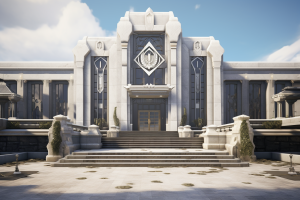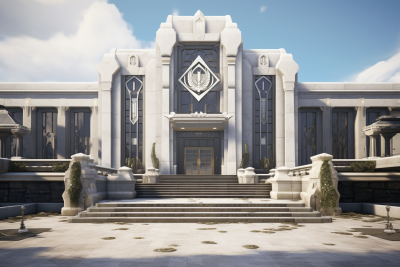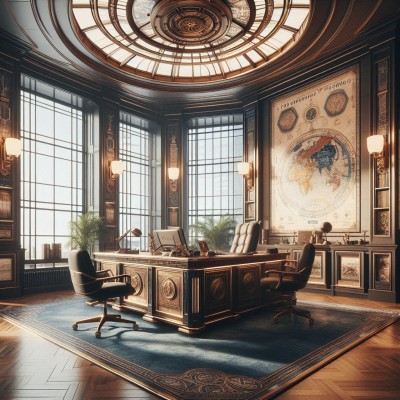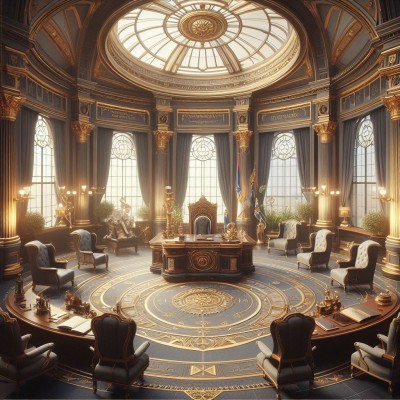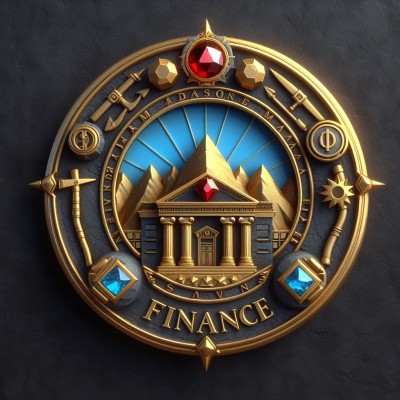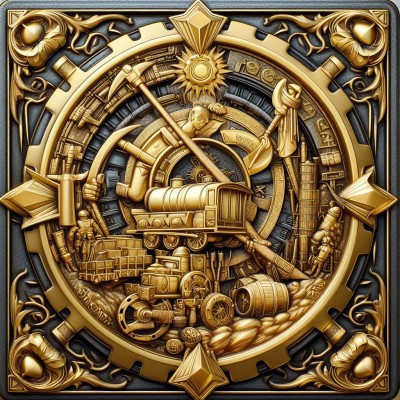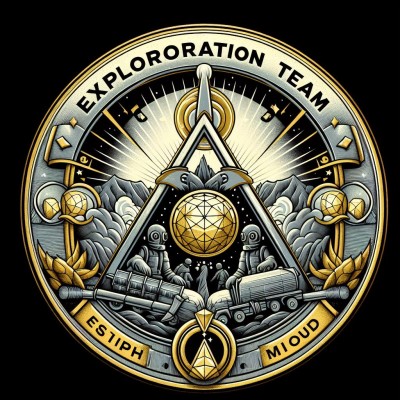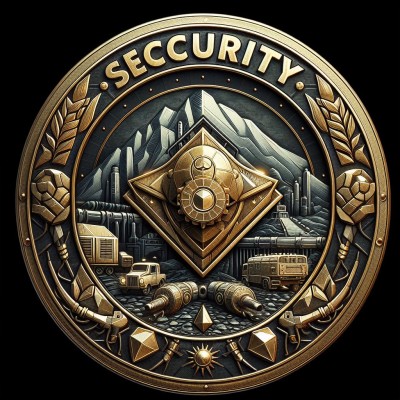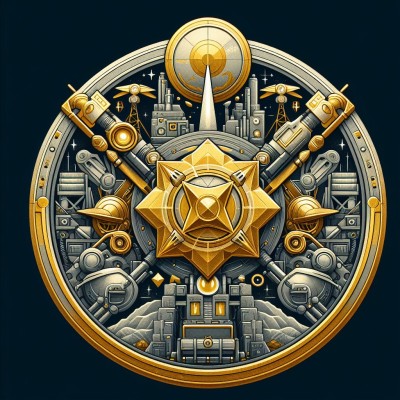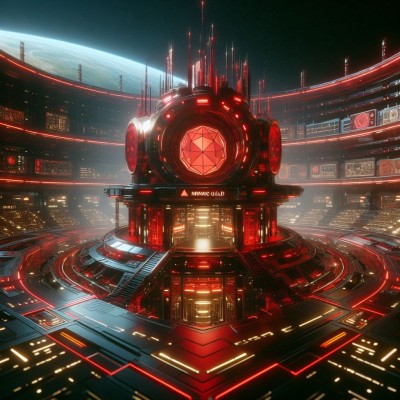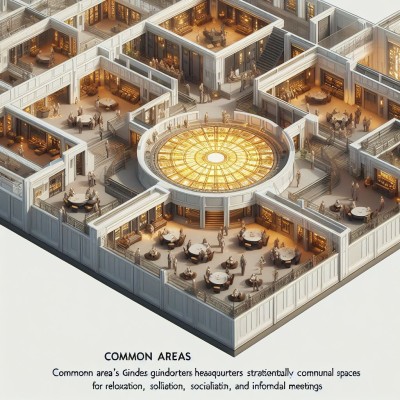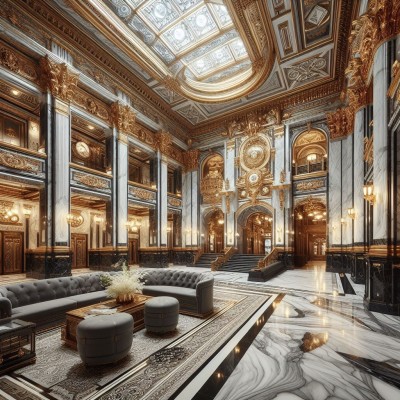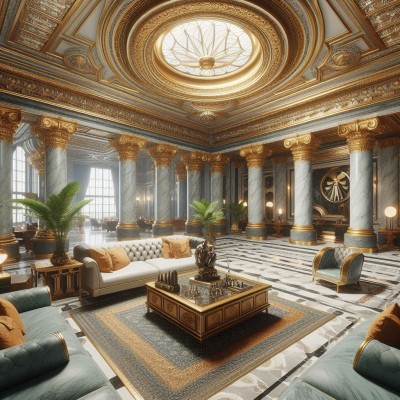Mining Guild
- Main Page: Mining Guild
- Faction Alignment: New Dusk Conclave, Yamatai Star Empire:Kikyo Sector,
- Additional Faction Alignment Independent Mining Guild Contingent, outside Kikyo Sector
- Region: Kikyo Sector and Kosuke Sector
Business Information
Divisions
The Mining Guild is Divided into many Divisions as a corporation.
Board of Directors
Corporate Security
Exploration Team
Resource extraction Team
Creative and Development
Logistics
Marketing
Expedition Team
Characters
Equipment
Mining Guild Property
Headquarters
Store
Settlements
Sanctum
-
- Ironskin Settlement
- Mount Venture Settlement
- Astral Settlement
- Tundra plains Settlement
- Freezy Land Settlement
Space Station
- Station Alphacron (Sanctum)
- Station Thetacron (Nephis)
- Station Decacron (System)
- Station Iotacron (System)
Mobile Settlements
Shipyard
The Mining Guild has its own Shipyard
Fleet
Starships
- Magpie Industrial Shuttle Freighter
- Stork Transport Shuttle
- Dragon-class Mobile Refinery Cruiser
- Pegasus-Class Starship Scout
- Sentinel Class Control Frigate Frigate
- Oasis-Class Mobile Settlement- City ship
- Polaris-Class Ultra Carrier "Pioneer" -Carrier Ship
Night Guard Owned Ships
Vehicles
- Dune Rider-class Rover:first land vehicle.
AI and Technology
Technology
Systems Owned
Mining Guild Contingent
Shared Control

